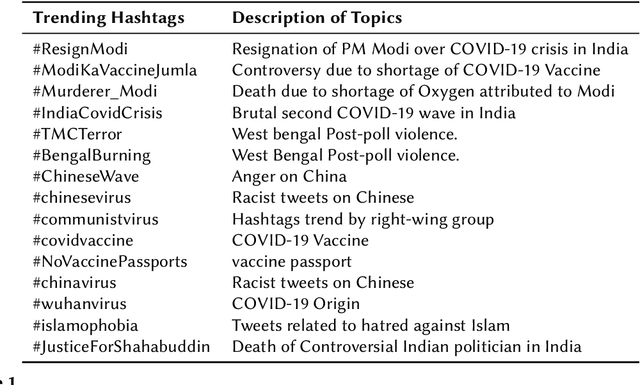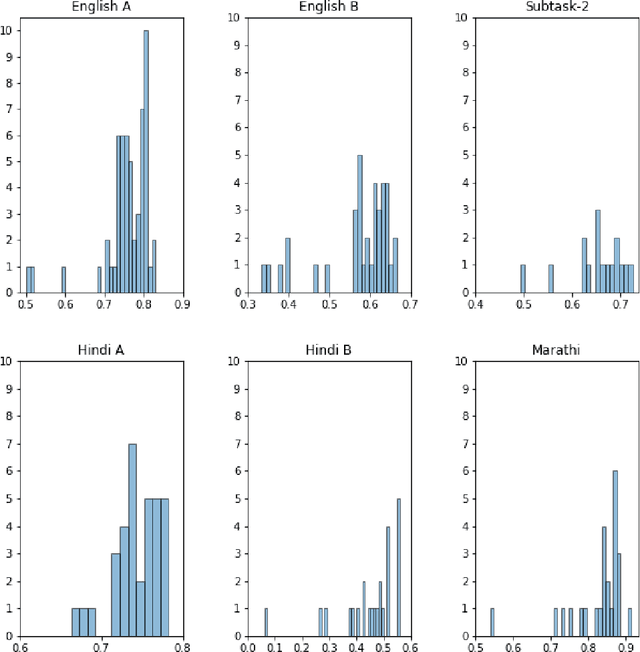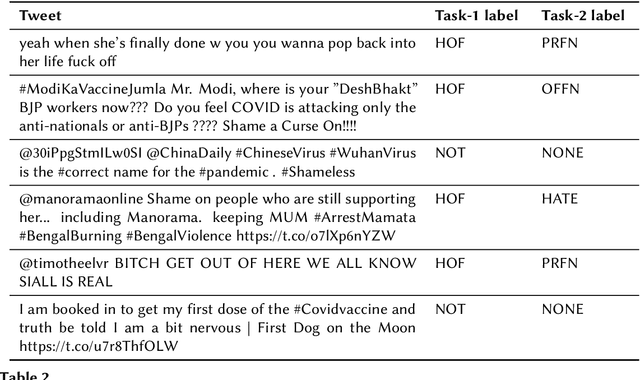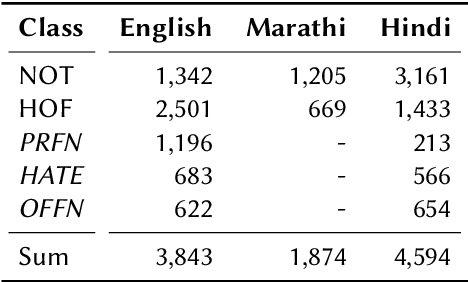Hiren Madhu
HiPoNet: A Topology-Preserving Multi-View Neural Network For High Dimensional Point Cloud and Single-Cell Data
Feb 11, 2025Abstract:In this paper, we propose HiPoNet, an end-to-end differentiable neural network for regression, classification, and representation learning on high-dimensional point clouds. Single-cell data can have high dimensionality exceeding the capabilities of existing methods point cloud tailored for 3D data. Moreover, modern single-cell and spatial experiments now yield entire cohorts of datasets (i.e. one on every patient), necessitating models that can process large, high-dimensional point clouds at scale. Most current approaches build a single nearest-neighbor graph, discarding important geometric information. In contrast, HiPoNet forms higher-order simplicial complexes through learnable feature reweighting, generating multiple data views that disentangle distinct biological processes. It then employs simplicial wavelet transforms to extract multi-scale features - capturing both local and global topology. We empirically show that these components preserve topological information in the learned representations, and that HiPoNet significantly outperforms state-of-the-art point-cloud and graph-based models on single cell. We also show an application of HiPoNet on spatial transcriptomics datasets using spatial co-ordinates as one of the views. Overall, HiPoNet offers a robust and scalable solution for high-dimensional data analysis.
Overview of the HASOC Subtrack at FIRE 2021: Hate Speech and Offensive Content Identification in English and Indo-Aryan Languages
Dec 17, 2021



Abstract:The widespread of offensive content online such as hate speech poses a growing societal problem. AI tools are necessary for supporting the moderation process at online platforms. For the evaluation of these identification tools, continuous experimentation with data sets in different languages are necessary. The HASOC track (Hate Speech and Offensive Content Identification) is dedicated to develop benchmark data for this purpose. This paper presents the HASOC subtrack for English, Hindi, and Marathi. The data set was assembled from Twitter. This subtrack has two sub-tasks. Task A is a binary classification problem (Hate and Not Offensive) offered for all three languages. Task B is a fine-grained classification problem for three classes (HATE) Hate speech, OFFENSIVE and PROFANITY offered for English and Hindi. Overall, 652 runs were submitted by 65 teams. The performance of the best classification algorithms for task A are F1 measures 0.91, 0.78 and 0.83 for Marathi, Hindi and English, respectively. This overview presents the tasks and the data development as well as the detailed results. The systems submitted to the competition applied a variety of technologies. The best performing algorithms were mainly variants of transformer architectures.
 Add to Chrome
Add to Chrome Add to Firefox
Add to Firefox Add to Edge
Add to Edge